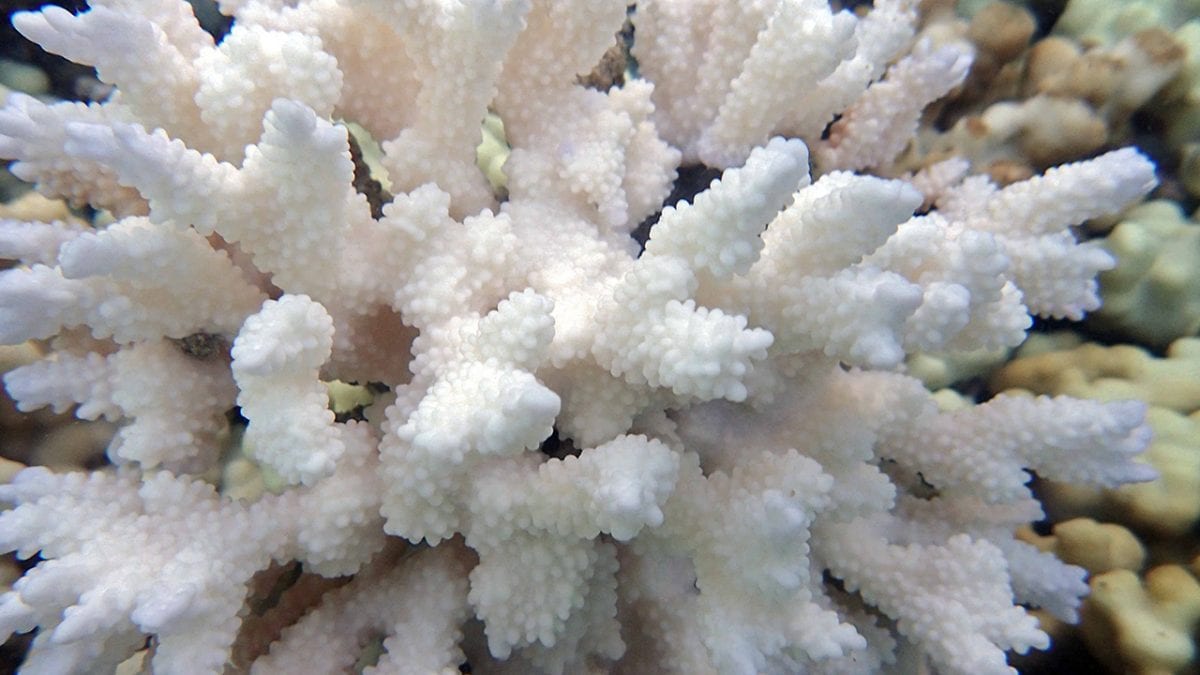Image
Coral Bleaching
March 24, 2018This coral’s stark white color indicates that it is stressed. Corals host symbiotic algae that produce food for corals and also give corals their vibrant color. When ocean waters warm, the algae depart, leaving behind an underlying white skeleton. Corals can then starve and even die. The process is called coral bleaching, and it is beleived to occur when stressed corals produce too much of a chemical called superoxide. But WHOI scientists Amy Apprill and Colleen Hansel have shown that superoxide has Jekyll-and-Hyde qualities. Superoxide produced on the corals’ surface appears to provide benefits, perhaps helping some species to resist bleaching and prevent predation. (Photo by Amy Apprill, Woods Hole Oceanographic Institution)
Image and Visual Licensing
WHOI copyright digital assets (stills and video) contained on this website can be licensed for non-commercial use upon request and approval. Please contact WHOI Digital Assets at images@whoi.edu or (508) 289-2647.

